On the evening of April 24, the People's Committee of Ca Mau province held a ceremony to receive the certificate of ranking the Ho Chi Minh Sea Trail as a special national monument (Vam Lung wharf, Ngoc Hien district, Ca Mau province). This is the first relic in Ca Mau to be ranked as a special national monument.
 |
Panoramic view of Vam Lung wharf. Photo: VNA. |
Historic train
Vam Lung Wharf is recorded in the history of the Vietnamese revolution as the wharf that received the first train of the legendary road - Ho Chi Minh trail at sea on October 16, 1962.
Going back in time, after the Geneva Agreement, the US intended to build South Vietnam into a military base, permanently dividing our country, preventing and repelling the national liberation movement in Asia and the world.
On January 13, 1965, the Party Central Committee, term II, held its 15th expanded conference to determine the revolutionary path for the South. On that basis, the Politburo clearly stated the immediate task of the army and people of the South: "Strengthen the political and military struggle, gain and maintain the initiative, push the enemy into a more passive position, actively build up forces in all aspects... move forward to build a strong armed force together with the entire people to defeat the enemy".
Implementing the policy of the Politburo, the Central Military Commission assigned Lieutenant General Tran Van Tra, Deputy Chief of the General Staff, to be directly responsible for opening the North-South sea transport route, including promoting the establishment of a sea transport convoy to supply weapons from the North to the South. In February 1961, the Politburo and the Central Military Commission instructed the southern provinces to prepare ports and organize forces to receive weapons from the North to the southern battlefield. On October 23, 1961, the Ministry of National Defense issued Decision No. 97/QP signed by Lieutenant General Hoang Van Thai - Deputy Minister of National Defense to establish Group 759, later renamed Group 125 - a military sea transport convoy under the command of the Ministry of National Defense.
In compliance with the Central Committee's Directive, the Ca Mau Provincial Party Committee organized ships to go to the North to report the situation and transport weapons to Ca Mau. The work was carried out urgently and secretly. The first ship, commanded by comrade Bong Van Dia, departed from Ca Moi canal and arrived at Nhat Le port (Quang Binh) after 7 days at sea. The Central Reunification Committee brought the delegation to Hanoi to stay at No. 18 Nguyen Thuong Hien from August 1961 to January 1962. During their stay, the delegation studied culture and visited many provinces.
In early April 1962, the Ministry of National Defense assigned comrade Bong Van Dia and the fleet to return to Ca Mau to report to the Southern Regional Party Committee on the Party Central Committee's policy of bringing weapons to the South and to propose three plans for organizing the construction of wharves to receive the goods. After surveying many islands and river mouths, Vam Lung was chosen because of its favorable terrain conditions and secrecy.
On October 11, 1962, the first ship, codenamed “Phuong Dong I”, carrying 30 tons of weapons left Do Son port (Hai Phong), opening the way to the South. On October 16, 1962, the ship safely arrived at Vam Lung port, then was taken to Chum Gong canal to load goods. This was the ship “of the unnumbered fleet” that opened the strategic sea transport route to Vam Lung port, which has gone down in history as the port that received the first ship of the legendary road - the Ho Chi Minh trail at sea.
 |
Victory monument in Ben Vam Lung relic site. Photo: Ca Mau Newspaper. |
From the first train to the legendary sea route
The good news of the victory of the first shipment of weapons by sea to Vam Lung port (Ca Mau) was reported to President Ho Chi Minh, the Politburo and the Central Military Commission. Uncle Ho directly sent a telegram to commend the cadres, soldiers and workers who contributed to the outstanding feat. Following the Phuong Dong I ship, the Phuong Dong II, III and IV ships within 02 months all arrived safely at Vam Lung port (Ca Mau), carrying 111 tons of weapons and many equipment and medicines for Military Region 9. This was a great victory at a time when the armed forces of the South were developing and in great need of weapons. Bringing weapons to the land at the end of the Fatherland had a particularly important meaning, contributing to strengthening the belief and determination of comrades and compatriots who were fighting to strengthen their belief in the Party, Uncle Ho, in the great rear of the North, and in the victory of the Southern revolution.
After bringing weapons to Ca Mau, three ships were repaired and prepared to return to the North to continue their transportation mission, the first ship stayed at the port. In order to have local forces to receive, preserve and transfer goods to the localities, Zone 9 decided to establish Group 962 with comrade Tu Duc as the head of the group, comrade Sau Toan as the political commissar, and comrade Bong Van Dia as the deputy head of the group. The task of Group 962 at that time was to organize and deploy wharves and warehouses to receive, store and transfer goods according to the distribution order of the Central Government to the provinces such as Tra Vinh, Ben Tre, Soc Trang, Long An... and the forces in the province to promptly serve the combat.
According to the increasing demands of the resistance war against the US to save the country, the Ho Chi Minh trail at sea together with the Ho Chi Minh trail on the Truong Son mountain range became an indispensable part of the military transportation system providing strategic support for the heroic fight of our army and people.
On the Ho Chi Minh trail at sea, despite facing countless difficulties and dangers, thousands of cadres, soldiers, naval forces and people still resolutely set out and achieved many feats, setting exemplary examples of revolutionary heroism, sacrifice, and creative ingenuity in fighting on the Fatherland's sea, always confronting the enemy, struggling with big waves and strong winds, excellently completing tasks in the most complex, difficult and steadfast situations to bring ships and weapons to safe harbor.
Returning to Vam Lung wharf, this historic wharf is where many battles took place between officers and soldiers of the 125th Naval Group, the 962nd Military Region 9 and local soldiers and civilians with enemy aircraft and warships to protect ships and weapons. Typical battles include the battles of ships 42, 69, 100, 187, 645... These feats contributed to creating a legendary path at sea with unparalleled achievements in the history of the nation's resistance against foreign invaders...
Source: https://khoahocdoisong.vn/di-tich-quoc-gia-dac-biet-duong-ho-chi-minh-tren-bien-post269694.html







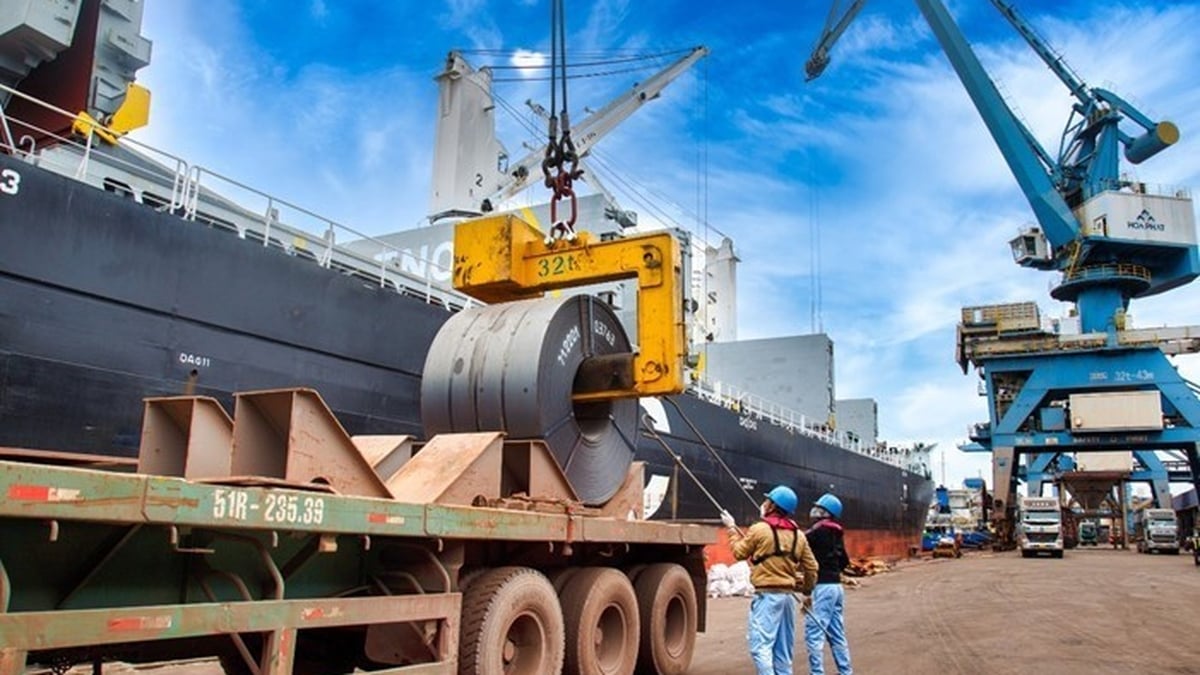


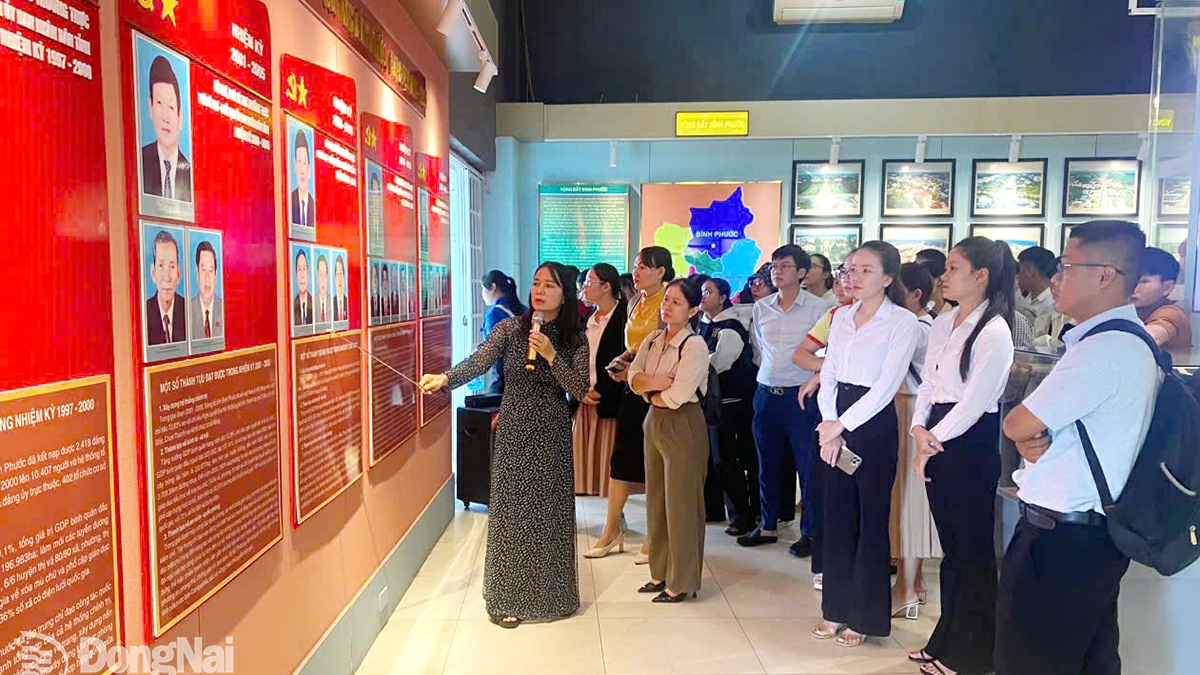
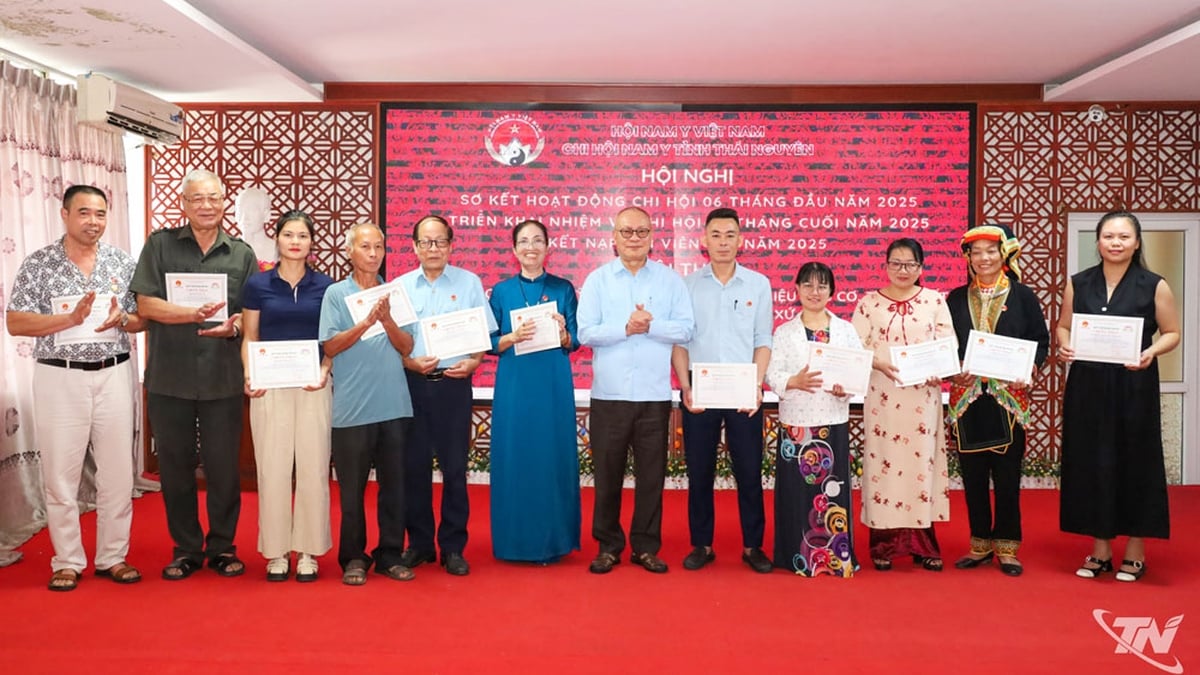





























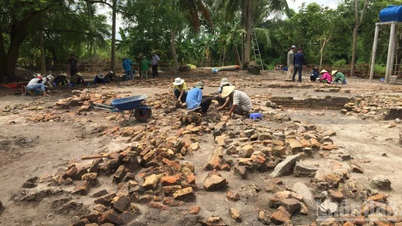










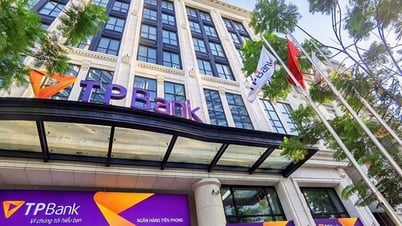





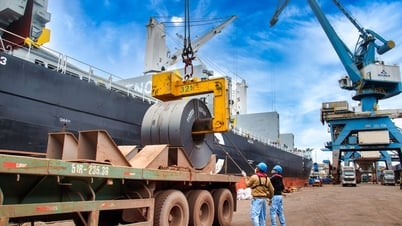



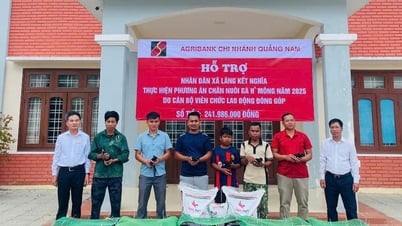


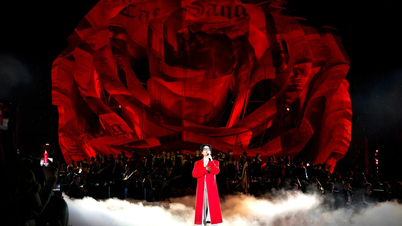

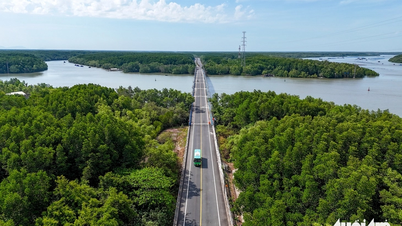
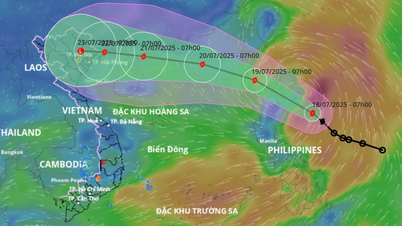

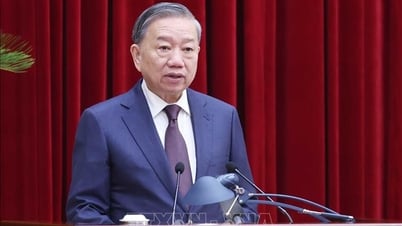




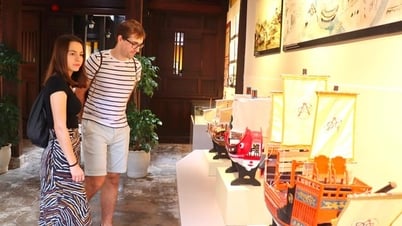

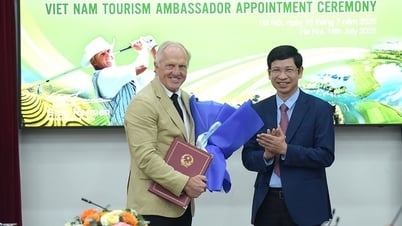



















![[Infographic] In 2025, 47 products will achieve national OCOP](https://vphoto.vietnam.vn/thumb/402x226/vietnam/resource/IMAGE/2025/7/16/5d672398b0744db3ab920e05db8e5b7d)





Comment (0)